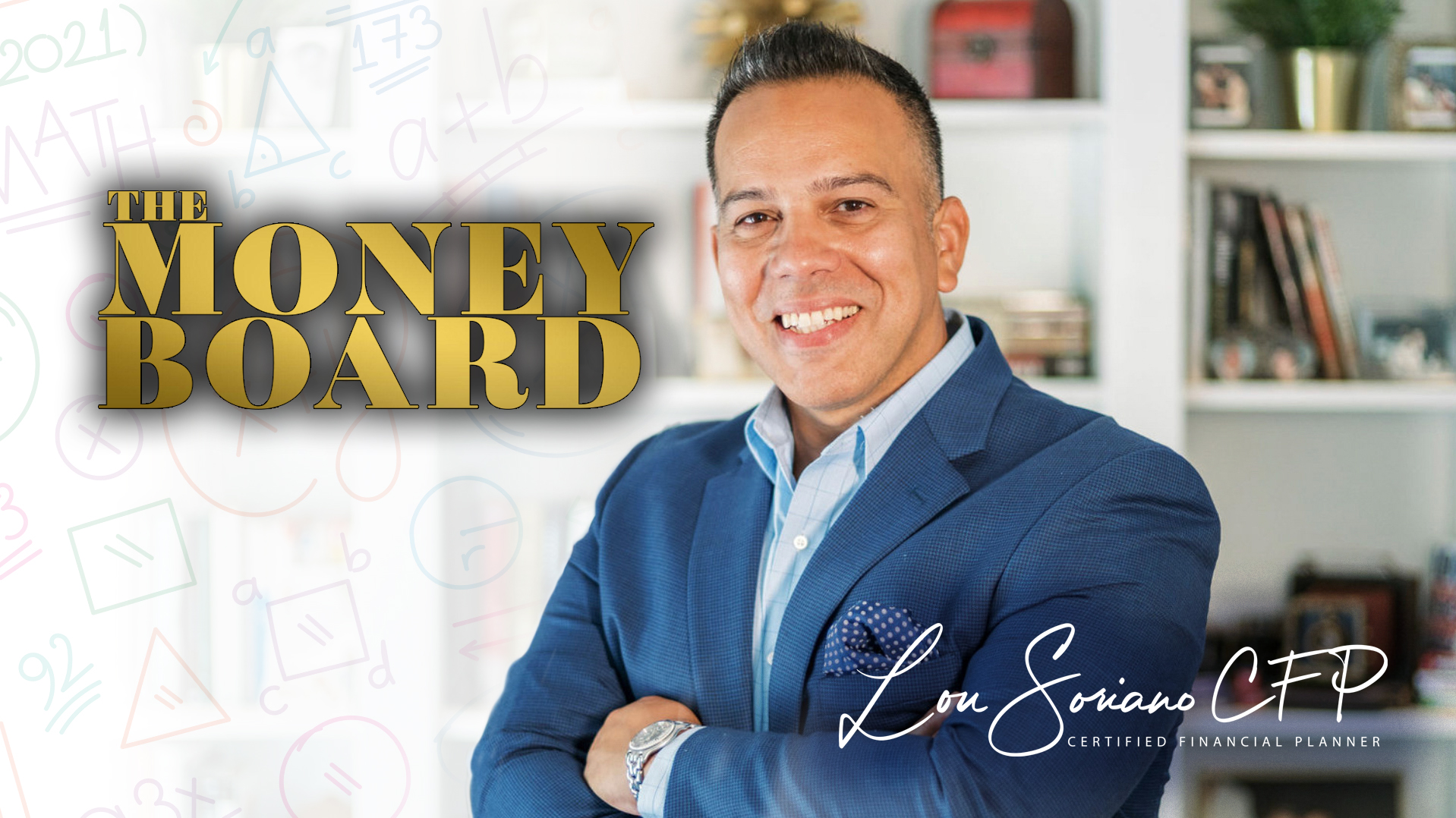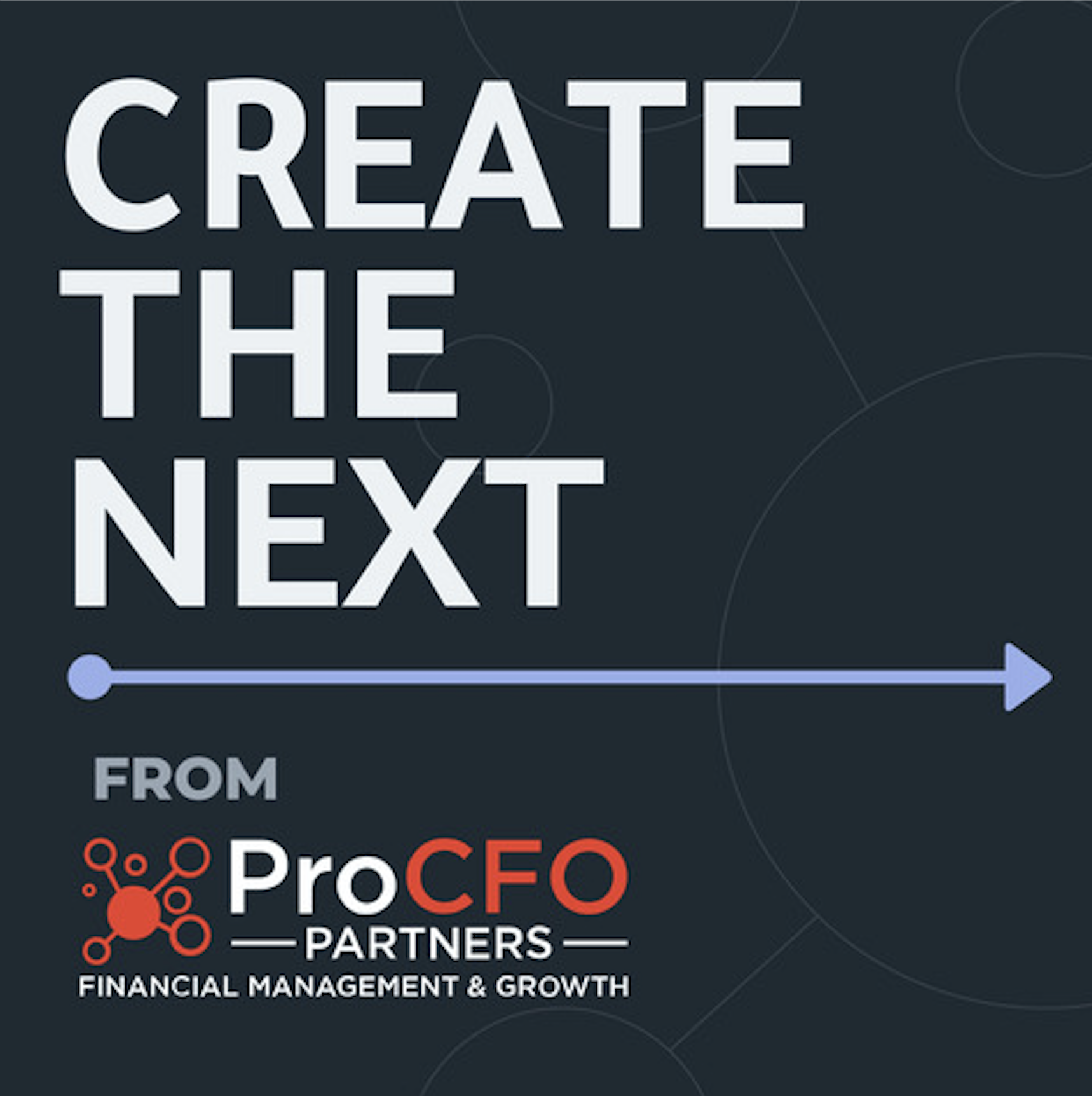
October 2020
4 Min Read
Harnessing the Power of an Advisory Board
Major corporations enlist top global executives to sit on their board of directors, quite often paying them stipends that far eclipse what most folks consider a significant salary. CEOs of important companies travel the world to attend serious strategic and analytical C-Level corporate confabs.
All of that is well and good, but what are you to do as a small business? The answer is simple.
Ask your friends. Surely, if you have been in business for any period, you have business associates from all types of companies that are not clients. Choose from mentors, suppliers, networking organization members or just people you respect and think their advice would be valuable.
Although many small business owners bristle at exposing their P&L and balance sheet to people outside the company, it is truly the only way to gain concrete ac-tionable insight from a board of advisors. Of course, trust is key in the selection and enlisting process, merely asking a person connotes a level of trust already. I am not saying do not vet them, just do not overthink bringing them behind the curtain.
For most small businesses, a good number of board members is between six and ten. You should strive for a very broad representation of industries and professions. Including a lawyer and an accountant is advised even if you must pay them.
Once you have the advisors, set up a schedule for meetings. Preferably a certain time, day, or date each month or quarter, i.e. the first Tuesday of the month, the second Monday of the quarter. Creating a specific time and place is helpful. Catering or restaurant reservations can be coordinated well in advance.
These meetings will require you to be prepared. You will need to send the most current financials along with a detailed agenda to the advisors a week in advance. This will increase your chances the advisors will have digested and analyzed the data and facilitate an organized and thorough discussion of each item. As much as you want to be hospitable, remember the purpose of the meetings and keep to the agenda as much as possible. The social aspect can be before or after but not in-serted into the meat of the meeting.
Whether you merely provide a meal or compensate the board is entirely up to you. Many advisors ask for your reciprocal time on their boards; that is the best of both worlds and a powerful way to cement a relationship.
Although financials are mostly in the rear-view mirror it is the future that must take center stage. To the extent possible, projections over the next six months or a year should be established and discussed. Obstacles and opportunities should be reported. At this point the more input, no matter how specific or pointed, the better. An air of honest and direct conversation is the goal. You have asked these people to be advisors and not yes men or women.
The most important thing is to leave your ego out of the meeting. You are not the best thing since sliced bread and can always learn. Do not defend the indefensible. “We can’t,” “It won’t work,” “Our company is not the same” and other comments really stifle and block the opportunity to see new possibilities.
After working with my board of advisors I can tell you that they are the ones that hold my feet to the fire and keep me moving forward. If you do not already have a board of advisors, get to it. You will thank me when you do.




















































